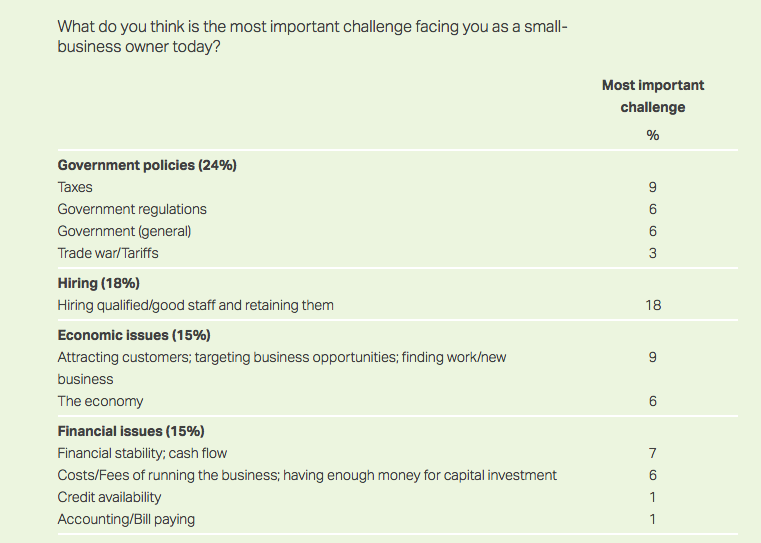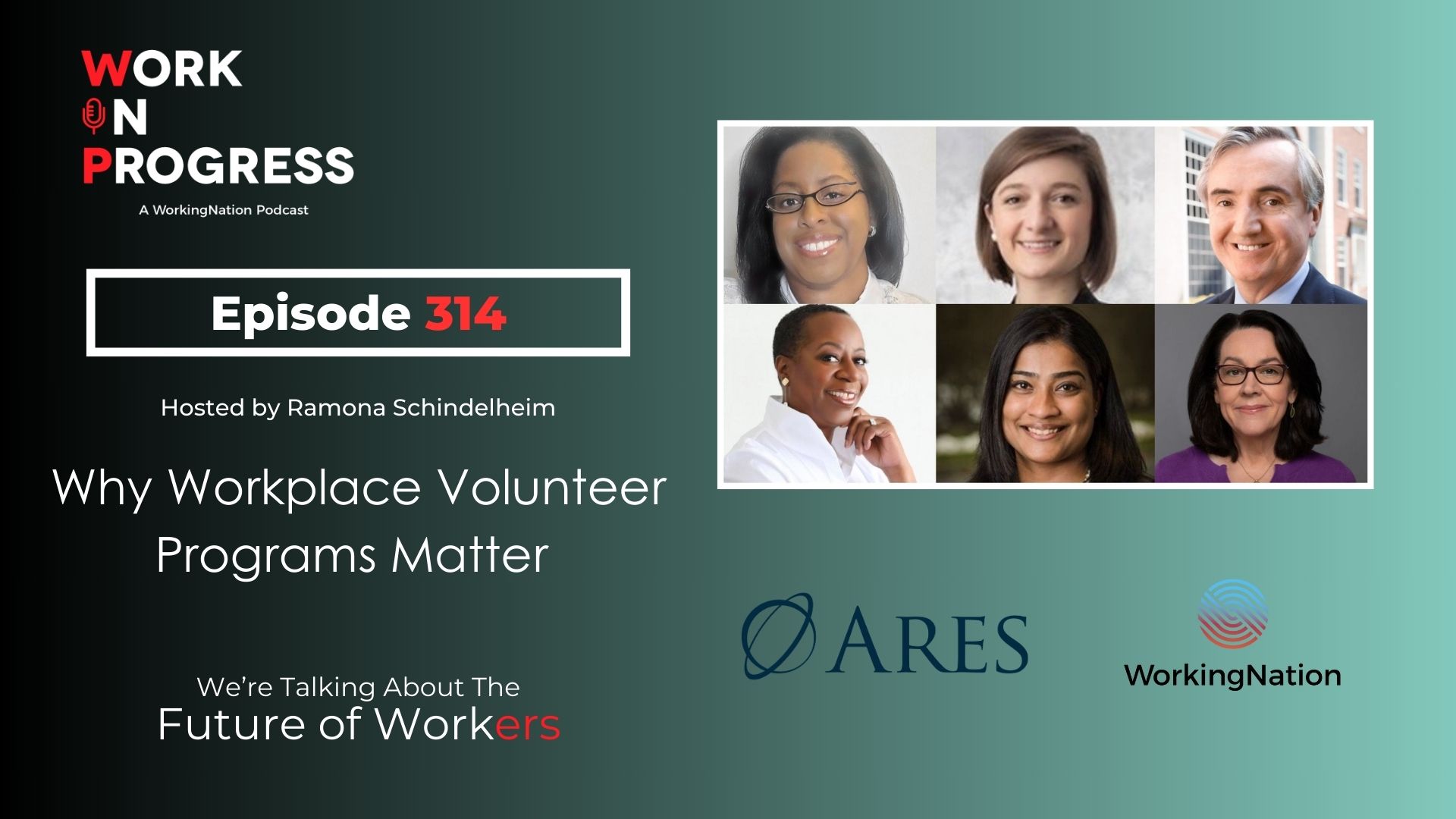Small businesses are the engines that run America. They make up 99.9 percent of the 5.83 million companies in the country, employ nearly half of all workers, and, in July, hired more new employees than they have in any month in a dozen years. Small business owners say they’d like to expand their payrolls even more if only they could find enough qualified people. Like their bigger counterparts, they report finding skilled workers is their biggest challenge to continuing to thrive and expand.
Nationwide, in both small and big businesses, the economy added 157,000 jobs in July, below the 12-month average of 203,000 jobs, according to the Bureau of Labor Statistics latest report. Payroll processing firm ADP says 52,000 of those jobs were with companies with 50 or fewer employees. The National Federation of Independent Business (NFIB) says that owners added the largest number of workers per firm since 2006. On average, that worked out to a net 0.37 workers per company.
“The July jobs report shows the magnitude of small businesses that are growing and hiring at record levels, creating new jobs and opportunities for the workforce,” says NFIB President and CEO Juanita D. Duggan in a statement.
The survey also sees a record-high 37 percent of owners say they had an open position in July that they couldn’t fill. The openings were in construction, manufacturing and wholesale trades for both skilled and unskilled labor.
New data from the Labor Department put the number of all open jobs in the country at 6.7 million. “Record job openings suggest that the economy can keep up its growth pace over the next few years if the labor shortage can be resolved or mitigated,” adds NFIB Chief Economist Bill Dunkelberg.
The latest Wells Fargo/Gallup Small Business Index also suggests that small business owners believe we are in the middle of a talent crunch. “We ask an open-ended question on the survey: What is the number one challenge facing small business owners now?”, explains Jon Clifton, Global Managing Partner at Gallup. “This was the one single item that was the highest on the list.” Eighteen percent of all the owners reported that finding a jobseeker with the right skills is their most important challenge, with one out of every 10 saying it’s their only issue.

Thirty-five percent of the owners say they expect to continue adding to their payrolls over the next 12 months. “This optimistic anticipation of new hires helps explain why many owners report that being able to find and hire good workers is their top challenge,” according to Gallup. “Given businesses’ potential growth and an overall strong economy, ensuring that they have the workers/qualified employees to maintain that potential growth is key.”
RELATED STORY: In-demand jobs pushing U.S. employment higher
Bigger companies, traditionally, have paid higher wages and benefits. On average, they pay about 25 percent more than the smaller firms. The National Federation of Independent Business says smaller companies are up to the challenge and willing to be competitive. “Small business owners are continuing to show that they’re looking to hire and willing to pay more to hire the right employees,” said NFIB’s Dunkelberg.
There’s evidence Dunkelberg is right. The average hourly pay has increased 2.7 percent year-over-year for the past three months across businesses of all sizes, which is still below the 2.9 rate of inflation. ADP says for companies with fewer than 50 workers, that pay rate hit 2.9 percent in June.
Gallup also asked small business owners how they feel about the growing trend of using gig workers to replace full-time workers. “Twenty-five percent of owners see gig employment replacing full-time employment as a negative impact on business whereas only 19 percent are positive. The rest are neutral,” says Clifton.
“Those who have a positive view of the ‘gig’ trend presumably believe this type of ‘just in time’ staffing will reduce their costs, but the one-quarter who say it would have a negative impact may place greater emphasis on the value of full-time employees — who in many instances provide consistency and a more thorough knowledge of the business,” Gallup concludes.
Join the Conversation: What else can small businesses do to attract and retain talent? Share your ideas on our Facebook page.











